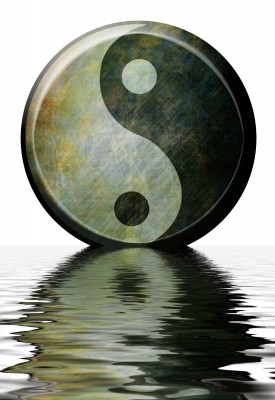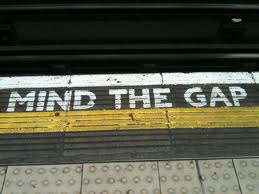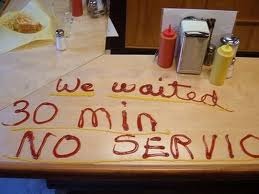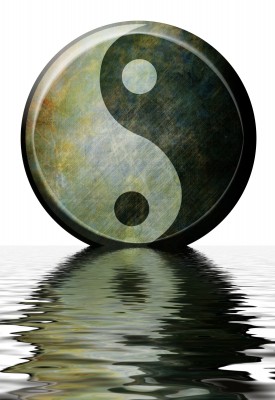The feedback on Customer Experience feedback
The process of gathering the right, usable customer feedback needs to be treated every bit as much as any other key touchpoint in the Customer Experience journey.
At a time where barely a day goes by without our customers being asked to give comments about at least one brand or another, it’s more important than ever to make sure that our survey is quick, clear and easy.
It’s not so long ago that when we were asked for customer feedback, we were happy to oblige; flattered that our opinion was being sought, happy to think we were helping make a difference.
Nowadays though, we are faced with a relentless torrent of surveys, a deluge that is at serious risk of diluting our willingness to spend time and effort understanding complex questions, giving subjective scores and thinking of constructive responses.
And so not only do feedback programmes have to work harder to unearth the actionable insights, the very mechanics are under the spotlight too. Calling customers on a Sunday afternoon, asking customers in-store to go online and leave feedback when they get home or sending “How did you get on?” survey forms at the time of the booking rather than after the holiday will at best garner lacklustre responses. At worst, it will damage relationships, brand reputation and the quality of decision-making.
For want of a better phrase, the “survey experience” should be understood and managed just like any other touchpoint in the customer journey. Particularly for service industries, it can be one of the few tangible points of contact. Make it a point of difference, not a nuisance.
I recently needed a roadside breakdown patrol to breathe life back into my car. Job done, and stood in the icy cold wind, I was asked to take a quick survey. The questions were supposed to be about my experience but in essence were really an audit of what they knew already; how long did you wait, did you need towing, did the patrol do a battery check and so on? When it came to the “how likely are you to recommend?” question, there was no “Why do you say that?” follow up.
“They never ask us what it’s really like to be out here” the patrol guy said, frustrated that although it will look like the metric-based targets will be safe, the fact that the call centre got my location and phone number wrong, keeping him and me out in the cold for longer, will pass “them” by.
The more customers give feedback, the more discerning they will become. Anything that makes them feel like it’s not worth it or that it won’t be listened to will be ignored. A wasted opportunity.
Already, we see that over 80% of unhappy customers don’t complain, they just choose a competitor next time. So knowing what it’s really like to be a customer is as precious as the willingness and ability to act on it.
We just need to make sure that when we draw people in to give us feedback, we don’t push them away as a result.
Jerry Angrave
Managing Director
Empathyce, the business of Customer Experience
+44 (0)7917 718 072
https://www.empathyce.com
[email protected]
@Empathyce











